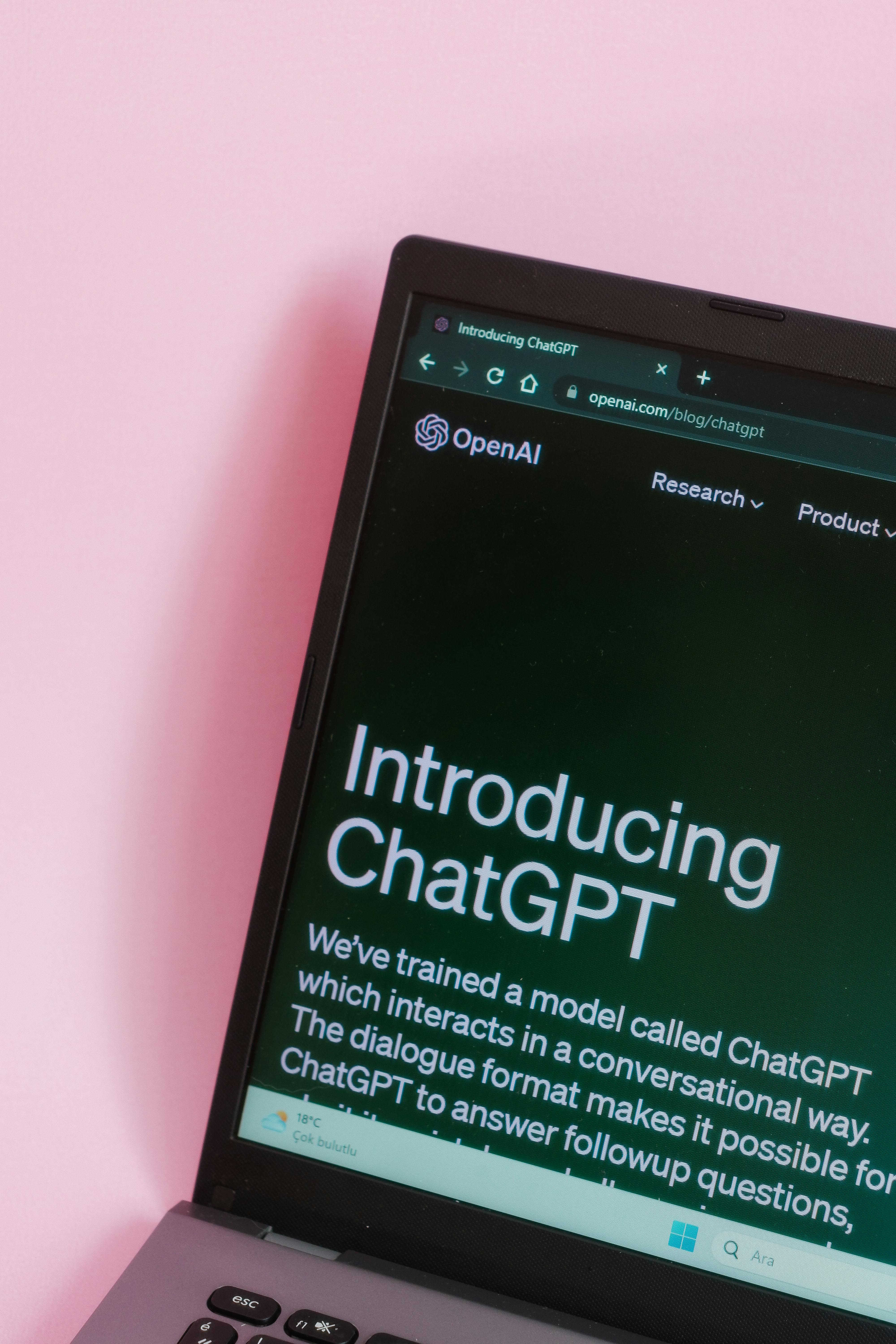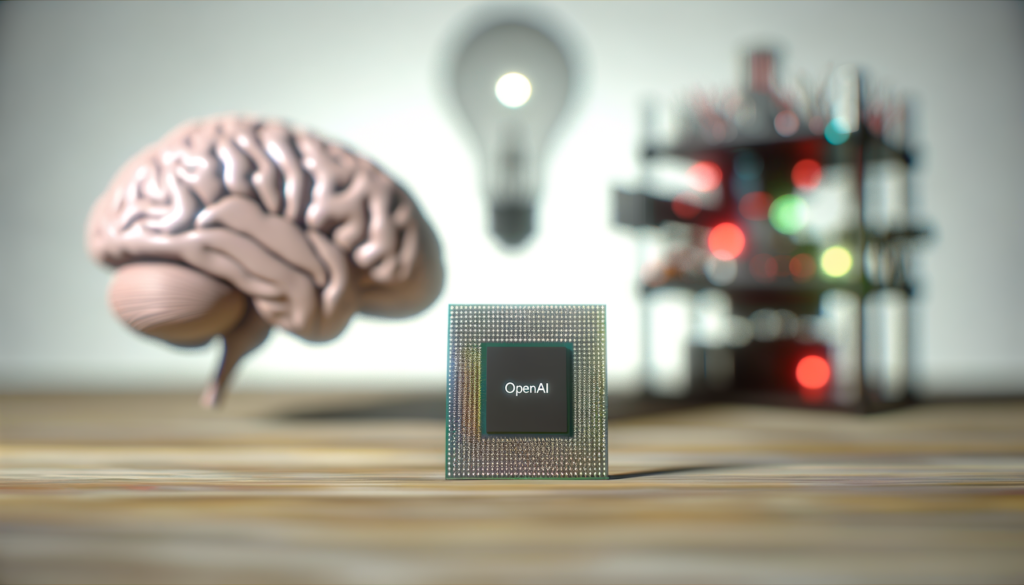Introduction
In late February 2025, OpenAI released GPT-4.5, touted as its most ambitious model yet. However, this release seemed plagued by tension between the company’s aspirations for artificial general intelligence (AGI) and practical utility in real-world applications. This article delves into what distinguishes GPT-4.5, the challenges it faces, and its implications concerning AGI.

What’s New in GPT-4.5?
GPT-4.5 is considered a research preview, essentially a beta version, aimed at harnessing more computing power and a larger dataset than its predecessors. However, the immense operational costs associated with its deployment have raised eyebrows among industry experts. While OpenAI has claimed enhancements in areas like anthropomorphism, stronger intuition, and emotional depth, many users found the advances to be incremental at best.
GPT-4.5 is part of an ongoing race to develop AI that closely approximates human intelligence and capabilities. As OpenAI seeks to sustain its leadership in generative AI, competitors are emerging with models that address practical applications more directly. The fundamental question arises—does this necessitate a shift in how OpenAI develops its tools?

Accessing GPT-4.5
OpenAI has adopted a phased rollout approach for GPT-4.5, granting initial access to users who subscribe for $200 per month. This decision reflects a strategic pivot to feature beta offerings prominently for paid users, while free-tier participants may see a limited release in the future, contingent on the model’s efficiency and computational demands.
Upon release in your account, GPT-4.5 can be selected from a dropdown menu in the ChatGPT interface, increasing the choices available to users. Such a multitude of options emphasizes the model’s complexity. However, users have voiced concerns about the interface being overwhelming, indicating a potential need for further refinement.

First Impressions
User experiences interacting with GPT-4.5 have revealed distinct enhancements in conversational flow. Feedback signifies that the latest model feels less robotic and more engaging, a significant factor for users accustomed to convolution in past iterations. OpenAI has spruced things up by making it sound more human-like and emotional in interactions.
However, many users also noted that while GPT-4.5 has made strides in emotional understanding, it has yet to deliver profound enhancements in task-specific applications. Extensive attempts to leverage GPT-4.5 as a collaborative research tool yielded less satisfying results. In various tests, the model could suggest interview questions but provided outputs that one might consider basic, showcasing the need for a robust iterative learning process.

The Future of OpenAI and AGI
While OpenAI’s long-term vision appears to coalesce around achieving AGI, the current trajectory highlights conflicting priorities between developing a sustainable software business and advancing towards AGI. CEO Sam Altman has remarked on the profound shift in GPT-4.5’s output, likening it to engaging with a thoughtful human. However, the multi-faceted challenges in delivering a balanced offering that combines practical utility with AGI ambitions remain evident.
Future iterations like GPT-5 are anticipated to unify elements of reasoning and other innovations, but whether OpenAI can navigate this intricate balance to create a product that satisfies broader audiences without sacrificing complexity remains critical.

Conclusion
The rollout of GPT-4.5 exemplifies the growing pains faced by OpenAI as it strives for greatness in the AI landscape. The interplay between AGI visions and tangible applications poses an ongoing challenge that will shape the future direction of both OpenAI and its competitors. Overcoming these hurdles is paramount for delivering practical solutions while pursuing the elusive goal of AGI.
For more insights on AI advancements, check out the following articles:



